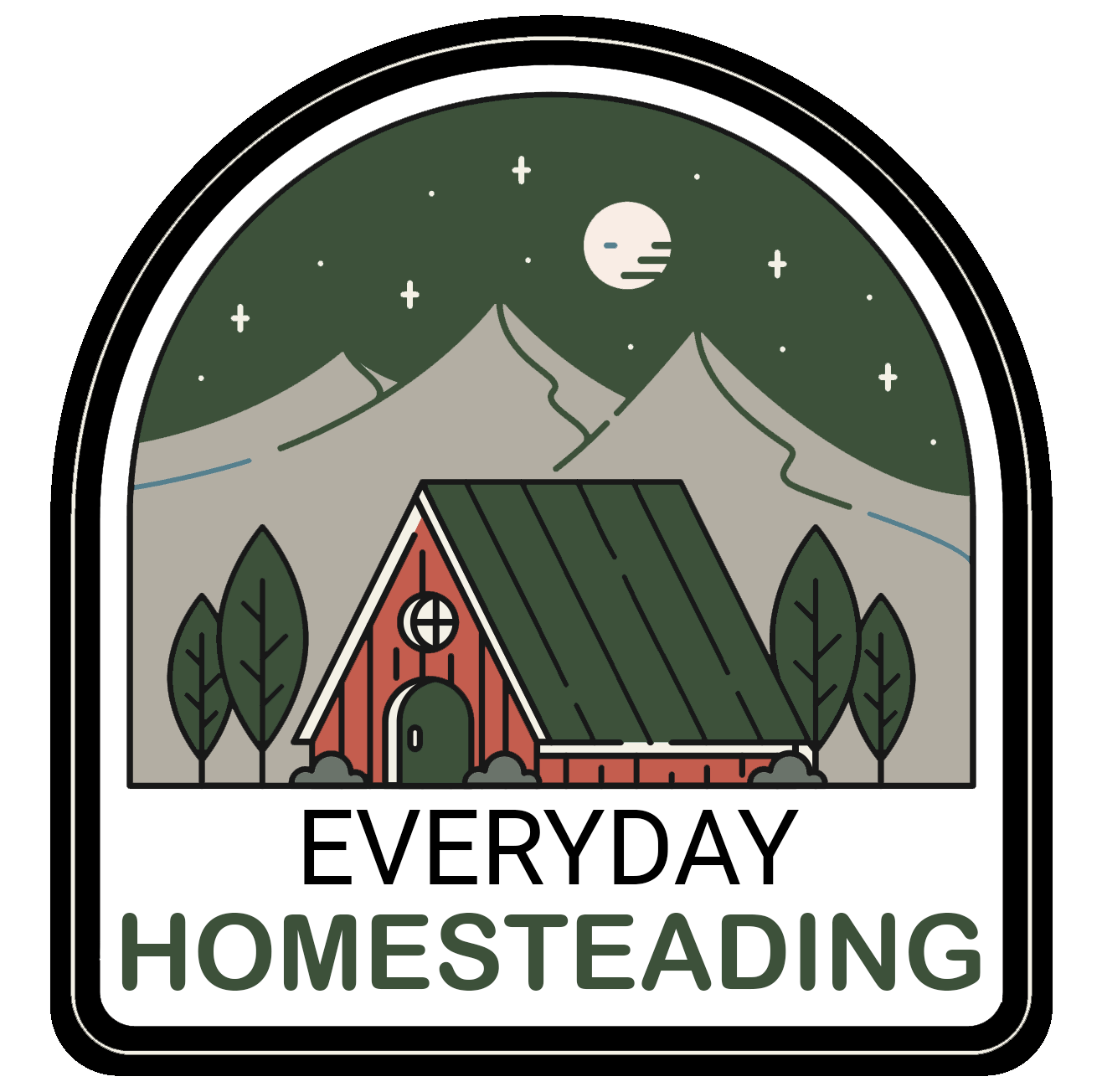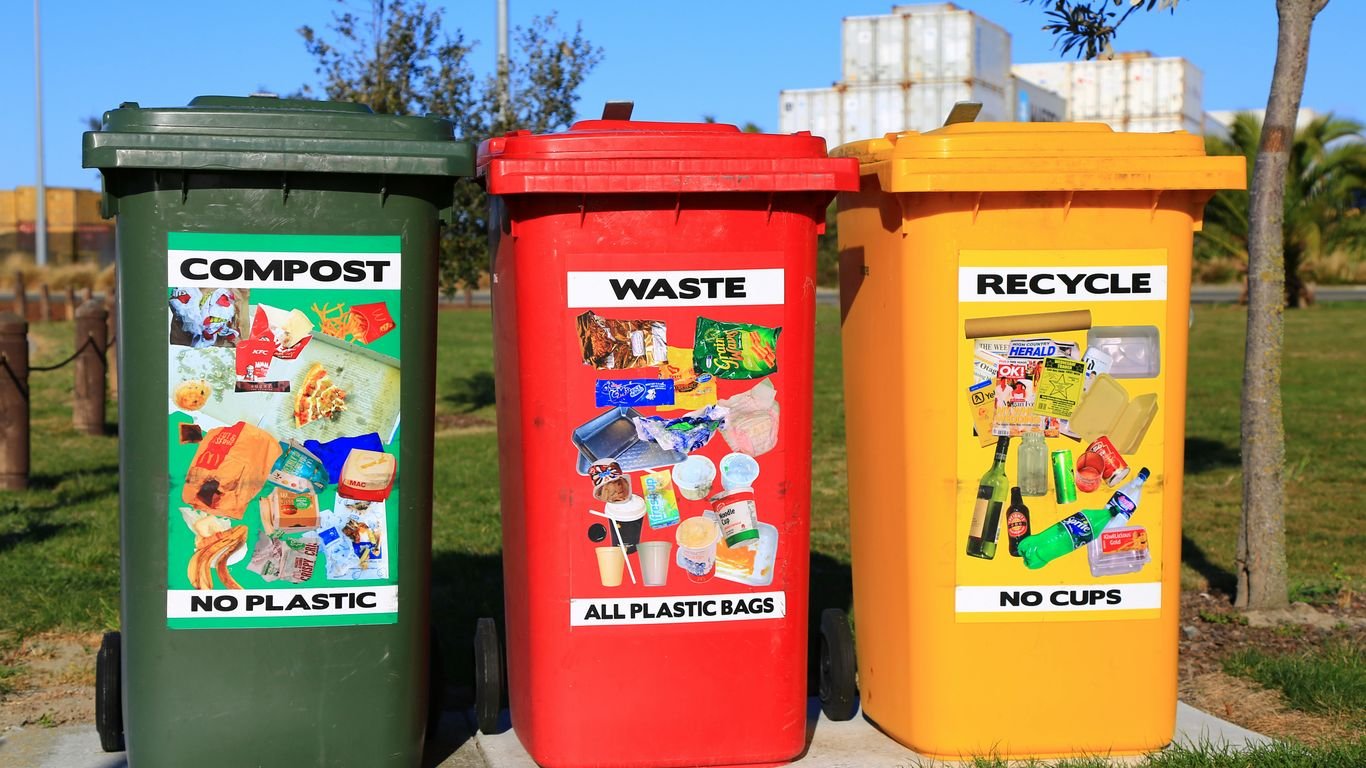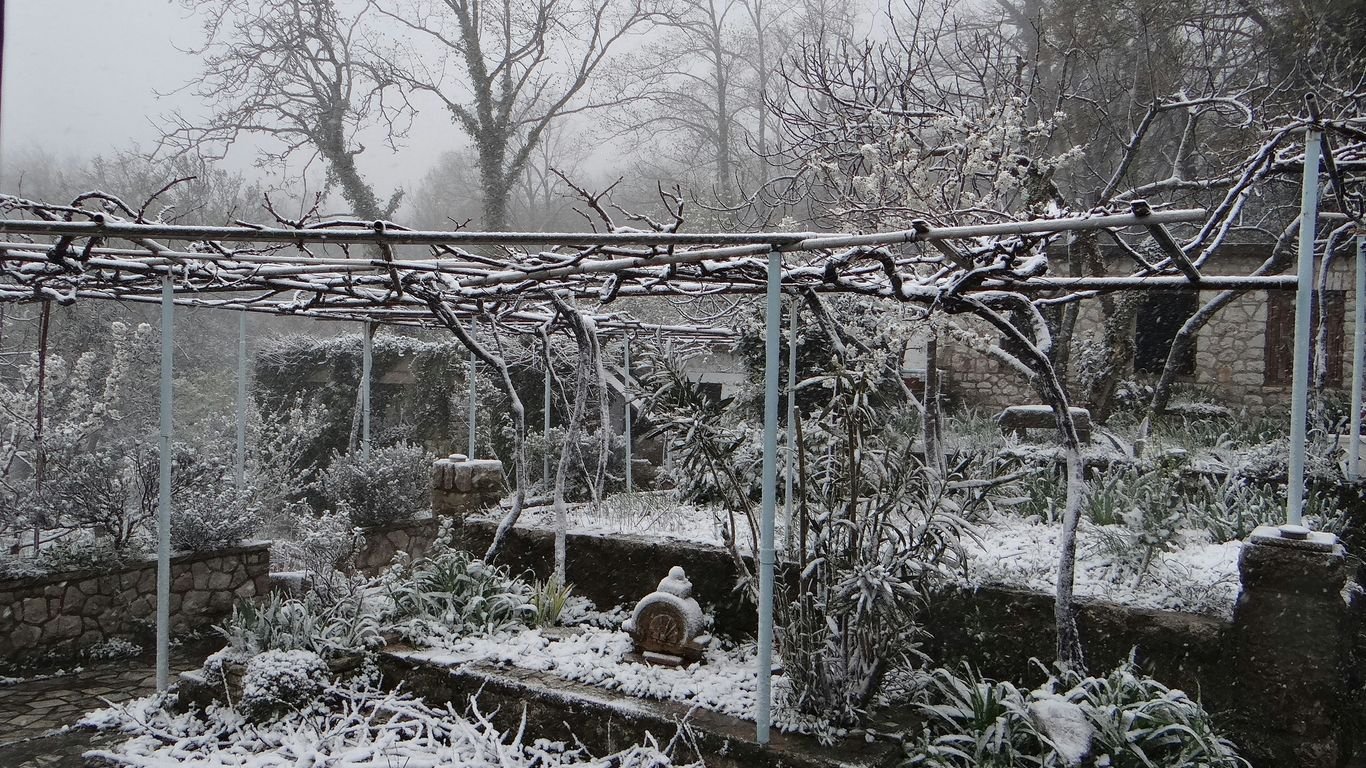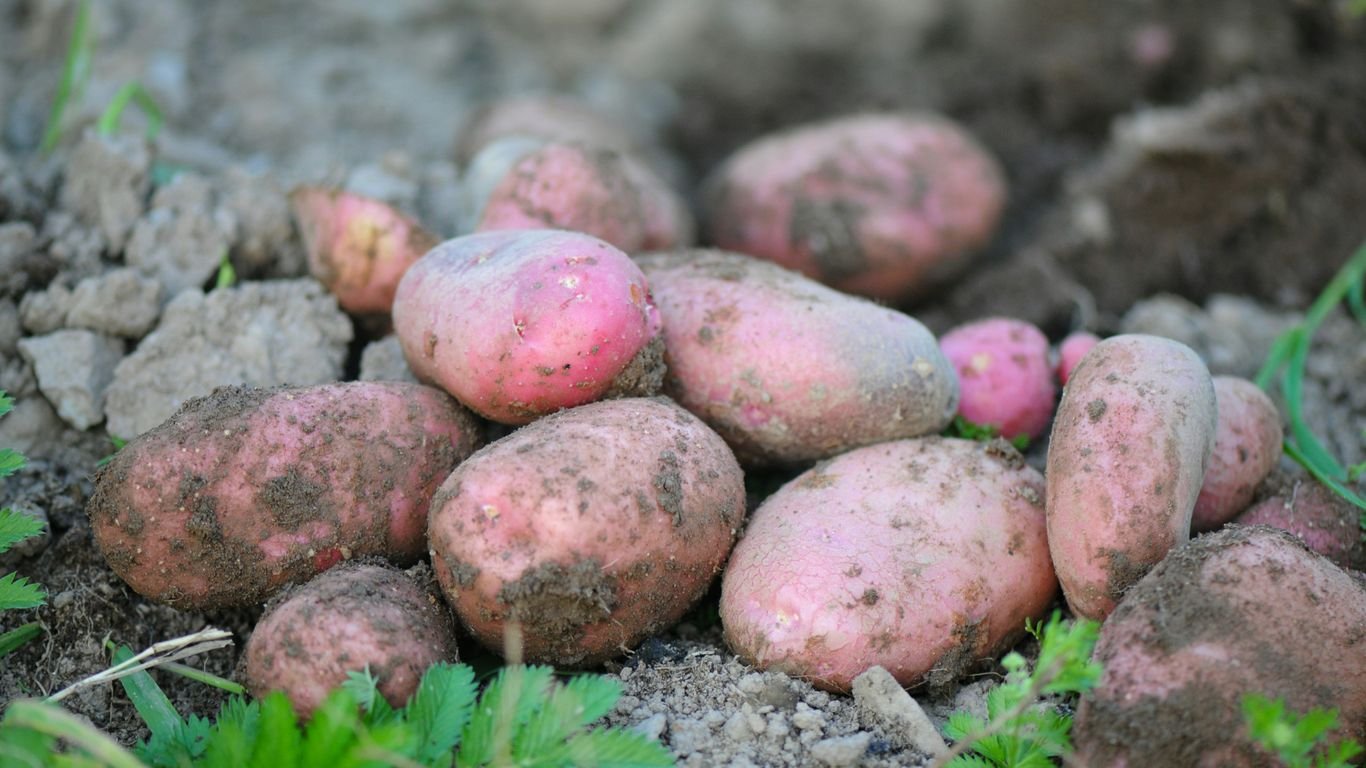Best Companion Plants for Squash: Pollinator Boosters and Pest Control
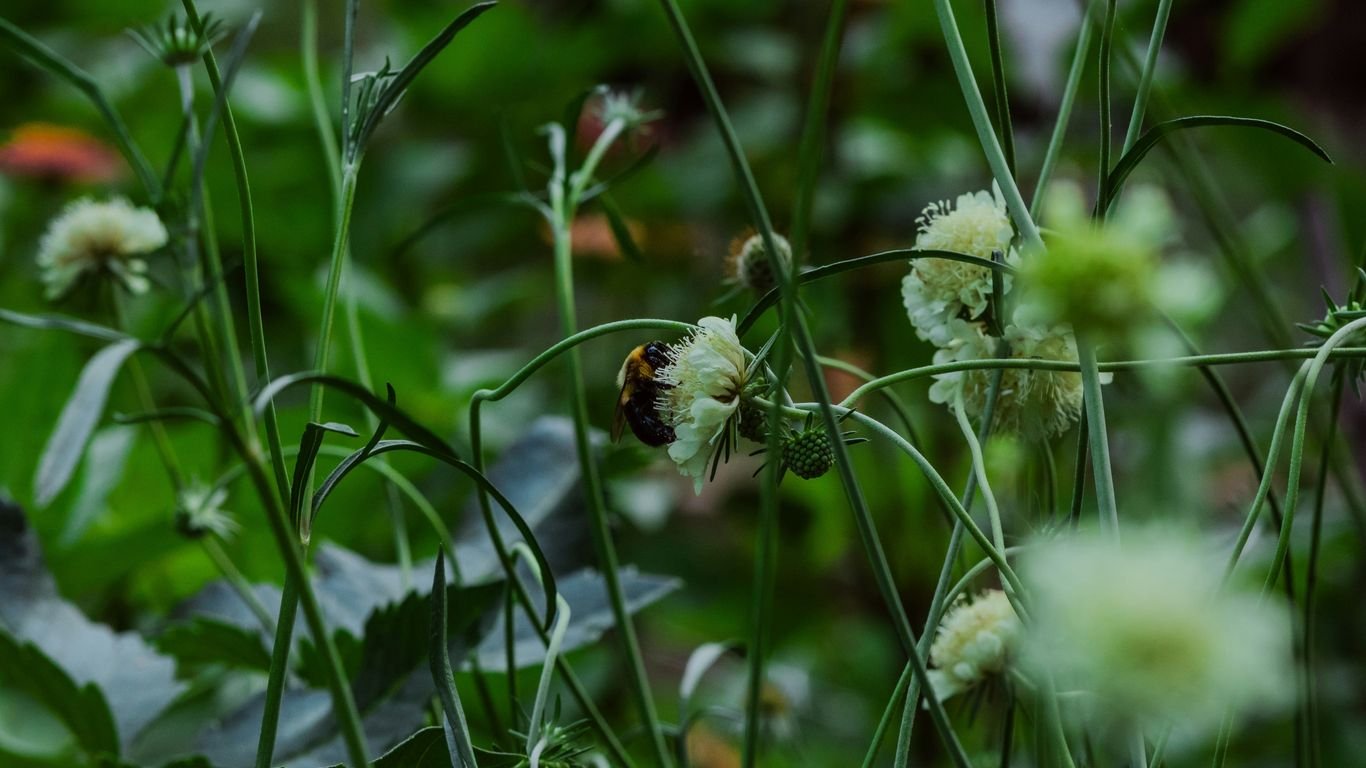
We all want a great squash harvest, right? It’s frustrating when squash plants get loaded with flowers but no fruit, or when pests seem to find our squash patches no matter what we do. We’ve found that companion planting is a pretty simple way to help with both of these problems. By choosing the right plant partners for our squash, we can encourage more pollinators and naturally keep some of those pesky bugs away. It makes our gardens healthier and gives us more squash to enjoy.
Key Takeaways
- Planting certain flowers and herbs near squash can attract bees and other pollinators, which are vital for squash to produce fruit.
- Some plants, like marjoram and mint, have scents that can help deter common squash pests such as squash bugs and flea beetles.
- Traditional methods like the ‘Three Sisters’ (corn, beans, squash) show how plants can support each other for space-saving and soil health.
- Certain plants, like dill and sweet alyssum, attract beneficial insects that prey on garden pests, acting as natural pest control.
- When trying squash companion plants, it’s best to start small, observe how they perform in your specific garden, and consider the timing of your plantings.
Boost Your Squash Harvest With These Pollinator Magnets
We all want a great squash harvest, right? Sometimes, our squash plants flower but don’t produce much fruit. This often happens because there aren’t enough pollinators buzzing around. Luckily, we can fix this by planting flowers that bees and other helpful insects just can’t resist. Planting these pollinator magnets near your squash can really make a difference.
Borage: A Bee’s Best Friend
Borage is like a VIP lounge for bees. Seriously, they go crazy for it. Growing borage close to your squash patch can significantly increase the number of bees visiting, which means more squash for us. Plus, the flowers and leaves are edible and look pretty in salads. It’s a win-win.
Sunflowers: More Than Just Pretty Faces
Sunflowers do more than just look cheerful. They offer shade for your squash plants, protecting them from the harsh sun. Smaller squash varieties can even use the sunflower stalks as a natural trellis. And, those prickly stems? They can help keep critters like raccoons away from your precious squash. It’s a good idea to plant sunflowers around your squash, especially if you’re growing bush varieties of nasturtiums nearby.
Bee Balm: A Pollinator Powerhouse
Bee balm, also known as Monarda, is another fantastic plant for attracting pollinators. It’s a perennial, so once you plant it, you’ll have it for years. Planting bee balm in the fall is a good strategy. While it might not bloom until spring, getting its roots established early means it will really take off when the weather warms up, providing a vital food source for bees and other beneficial insects when they need it most.
Deterring Unwanted Guests: Natural Pest Control for Squash
Squash plants are pretty amazing, but they can attract some unwelcome visitors. We’ve found that using the right companion plants is a fantastic way to keep pests like squash bugs and flea beetles at bay, without resorting to harsh chemicals. It’s all about creating a garden ecosystem that works for us.
Marjoram: The Squash Bug’s Nemesis
Squash bugs can be a real nuisance, sucking the life out of our squash vines and leaving those tell-tale wilting patterns. Planting marjoram nearby is a simple trick that seems to really put them off. Their strong scent is thought to mask the squash’s own aroma, making it harder for the bugs to find their favorite meal. We’ve noticed fewer squash bugs when marjoram is around, and that’s a win in our book.
Mint: A Fragrant Force Field
Mint is another herb with a powerful scent that many garden pests just can’t stand. We’re talking about things like flea beetles and even those pesky squash bugs again. Plus, deer and rodents seem to give it a wide berth. The only catch with mint is that it’s a bit of a wild child and can spread aggressively. To keep it from taking over, we like to plant it in pots and place those pots around our squash patch. Just keep an eye on it and check for any escapees trying to spread through the pot’s drainage holes.
Garlic and Alliums: Aromatic Allies
Garlic and other members of the allium family, like onions and chives, are like a fragrant force field for our squash. Their strong smell is known to deter a whole host of pests, from aphids to squash bugs, and even larger critters like deer. The main thing to remember with garlic is its planting schedule. It’s typically planted in the fall and harvested the following summer, so you’ll need to plan ahead if you want it in your garden for the squash season. Choosing the right variety for your climate is also a good idea – softneck types do better in milder areas, while hardneck varieties are tougher for colder regions.
Clever Companions for Space-Saving and Soil Health

Sometimes, our gardens can feel a bit cramped, and we’re always looking for ways to make the most of our space while also giving the soil a little boost. That’s where some clever companion planting comes in. We’ve found that mixing things up can really help, not just for the squash, but for the whole garden ecosystem.
The Three Sisters: A Traditional Partnership
This is a classic for a reason. The Three Sisters – corn, beans, and squash – have been grown together for ages. The corn provides a natural trellis for the beans to climb. As the beans grow, they fix nitrogen in the soil, which is great for the hungry squash. And the squash? Its large leaves spread out, shading the ground. This helps keep the soil moist and suppresses weeds. It’s a beautiful example of plants working together. We’ve noticed our squash plants seem happier and more productive when grown with this trio. Adding something like Bee Balm to this mix can also be a game-changer, attracting pollinators that help the squash set fruit.
Radishes: Quick Harvests and Pest Traps
Radishes are super fast growers, which is a win in our book. We like to plant them around our squash. They don’t take up much space and are usually harvested before the squash really starts to spread out. Plus, they can act as a trap crop for flea beetles. These little pests love radish leaves, and if they munch on the radishes instead of our young squash plants, we consider it a success. It’s a simple way to divert pests early in the season. Just remember to check your radishes regularly for any signs of heavy infestation.
Beans and Peas: Nitrogen Fixers
We often tuck beans and peas in around our squash plants. Like we mentioned with the Three Sisters, these legumes are fantastic because they pull nitrogen from the air and store it in their roots. When their roots break down, or when we chop and drop the plants after harvest, that nitrogen becomes available in the soil for our squash, which are pretty heavy feeders. This natural fertilization means we can cut back on adding extra fertilizers. It’s a win-win for soil health and plant nutrition. We’ve found that planting a variety of beans and peas can really improve the overall soil structure over time, making it easier for water and air to reach the roots of all our plants, including the squash. You can find more tips on preparing your garden beds for success at UMass Extension.
Beneficial Insect Havens: Attracting Garden Guardians
Sometimes, we forget that our gardens aren’t just for us; they’re also for the tiny creatures that help our plants thrive. We want to talk about creating little sanctuaries for these helpful bugs, turning our squash patches into buzzing, fluttering hubs of activity. It’s all about bringing in the good guys to keep the bad guys in check, naturally.
Dill: A Magnet for Beneficial Wasps
We love dill for its feathery leaves and fresh flavor, but it’s also a superstar for attracting beneficial insects. Those tiny flowers are packed with nectar that predatory wasps can’t resist. Why are wasps good? Well, some of them, like the parasitic wasps, are super important for controlling pests like aphids and caterpillars. They lay their eggs on or inside these pests, effectively taking care of them. Plus, dill is a host plant for swallowtail butterflies, which can help with pollination. Planting dill around your squash is a smart move; its strong scent can also help confuse and deter squash bugs. We find that pairing it with marigolds gives us even better protection.
Sweet Alyssum: A Buffet for Beneficials
This little flower is a powerhouse of attraction. Sweet alyssum produces tons of tiny flowers that are like a free buffet for beneficial insects. We’re talking lady beetles, hoverflies, and those helpful green lacewings. The adult lacewings sip on the nectar and pollen, and then they lay their eggs nearby. When those eggs hatch, the lacewing larvae are voracious eaters, munching on all sorts of garden pests, especially aphids. Alyssum likes a bit of shade, so planting it under taller plants like onions or even some of our squash varieties works really well. It blooms all season, providing a continuous food source.
Nasturtiums: Dual-Purpose Beauties
Nasturtiums are just plain pretty, aren’t they? But they do more than just look good. They’re known to act as a trap crop for squash bugs, luring them away from our precious squash plants. Studies suggest they can reduce damage significantly. If you’re short on space, we recommend using the bush varieties around your squash instead of letting them vine everywhere. Nasturtiums might also help deter cucumber beetles. It’s a win-win: they add color and attract pollinators while helping to keep pests away from our squash. We’ve found that managing aphids can be easier with the right companion plants, and nasturtiums are definitely on that list.
Understanding the Science Behind Squash Companion Plants
So, why does this whole companion planting thing actually work for our squash? It’s not just about making the garden look pretty, though that’s a nice bonus. We’ve found that mixing things up in the garden bed can really help our squash plants thrive. It’s all about creating a more balanced ecosystem right there in our own backyards.
Masking Scents and Repelling Pests
One of the main ways companion plants help squash is by confusing the pests. Think of it like this: squash plants have a pretty distinct smell that bugs like squash bugs can easily pick up. But when we plant things like mint or marjoram nearby, their strong scents can actually mask the squash’s own aroma. This makes it way harder for those pesky insects to find our squash in the first place. It’s a bit like playing hide-and-seek, but for bugs!
Trap Cropping Strategies
Another neat trick is using plants as a sort of decoy. This is called trap cropping. We plant something that pests really love, like nasturtiums, a little closer to the edge of the garden or around the squash. The idea is that the pests will go for the trap crop instead of our precious squash. Nasturtiums, for example, are known to attract squash bugs, luring them away from the squash vines. We just have to remember that sometimes, we might need to remove the trap crop later in the season to prevent any eggs laid on it from hatching and finding our main crop.
Attracting Predators and Parasitoids
This is where things get really interesting. Instead of just repelling pests, some companion plants actually invite the good guys – beneficial insects – to our garden. Plants like dill and sweet alyssum have small flowers that produce lots of nectar and pollen. This is like a five-star buffet for insects like ladybugs, lacewings, and parasitic wasps. These beneficials then go to work eating the pests that do show up on our squash. It’s a natural pest control service, and we don’t even have to pay for it!
We’ve noticed that gardens with a good mix of plants tend to be healthier overall. It seems like diversity really is key to a resilient garden, helping to protect the whole community of plants we’re growing.
Here’s a quick look at how some plants help:
- Dill: Attracts predatory wasps that eat squash bugs.
- Nasturtiums: Act as a trap crop, luring squash bugs away.
- Sweet Alyssum: Provides nectar for beneficial insects like ladybugs and lacewings.
It’s pretty cool how nature works, right? By understanding these basic principles, we can make smarter choices about what we plant next to our squash, leading to a better harvest for us and a healthier environment for all the garden critters. For more on how companion planting works, check out this info on companion planting.
Tips for Successful Squash Companion Planting
So, you’re ready to get your hands dirty and try out some companion planting for your squash? That’s awesome! It’s not as complicated as it might sound, and we’ve learned a few things along the way that might help you out.
Start Small and Observe
Don’t feel like you have to overhaul your entire garden at once. We found it’s best to start with just a couple of companion plants for your squash. Maybe try planting some marjoram near your squash plants to see if it really does keep the squash bugs away, or sprinkle some dill seeds around the edges to attract those helpful wasps. The key is to really watch what happens. See if the companion plants seem to be helping your squash, or if they’re maybe taking up too much space or water. Keeping a little garden journal can be super handy for tracking what you planted where and what the results were. It’s a great way to learn what works best in your specific garden conditions.
Consider Planting Timing
When you plant your companions matters. Some plants, like radishes, grow super fast and can be harvested before your squash really gets going, filling that empty space nicely. Others, like garlic, are planted in the fall and harvested the next summer, so you need to plan way ahead for those. Think about the growth cycles of both your squash and your chosen companions. You want them to work together, not compete. For example, planting flowers that bloom all season long can provide a continuous food source for pollinators, which is exactly what we want for our squash.
Embrace Diversity in Your Garden
We’ve noticed that gardens with a mix of different plants just seem healthier and more resilient. Instead of planting rows of just one thing, try mixing it up. Planting flowers like sunflowers or bee balm alongside your squash can attract a whole host of beneficial insects. Even planting different types of herbs can offer various benefits, from pest deterrence to attracting pollinators. It’s like building a little ecosystem right in your backyard. A diverse garden is less likely to be wiped out by a single pest or disease, and it’s just more interesting to look at, too! Plus, having a variety of plants can help improve your soil health over time, especially if you include some nitrogen-fixers like beans or peas. It’s all about creating a balanced environment where everything can thrive. We found that even simple additions, like adding some herbs to your blueberry patch, can make a big difference in the overall health of your plants.
Wrapping It Up: Your Squash’s Best Friends
So, we’ve talked about how planting certain things next to your squash can really make a difference. It’s not just about growing more squash, though that’s pretty great. We’re also helping out the bees and other good bugs, and keeping the bad bugs away, all naturally. It’s kind of like building a little neighborhood in your garden where everyone helps each other out. Don’t feel like you have to do everything at once, though. Maybe start with one or two of these plant buddies and see how it goes. Keep an eye on what works in your own garden, because every garden is a bit different. Happy planting!
Frequently Asked Questions
Why should we plant certain flowers with our squash?
We plant certain flowers with our squash because they act like magnets for bees and other helpful bugs. These visitors are super important because they help pollinate the squash flowers, which means we get more squash to eat. Think of flowers like sunflowers and borage as VIP passes for pollinators to visit our squash plants.
What plants can we use to keep squash bugs away?
To keep squash bugs from munching on our plants, we can plant things like marjoram or mint nearby. These plants have smells that squash bugs really don’t like, so they tend to stay away. Garlic and onions (alliums) also have strong smells that can help protect our squash.
Can we grow squash with other crops to save space?
Yes, we definitely can! The ‘Three Sisters’ method, where we plant corn, beans, and squash together, is a great example. The corn gives the squash something to climb on, and the squash leaves shade the ground, helping keep weeds down. Beans also add good stuff to the soil.
How do plants like dill and nasturtiums help our squash?
Dill and nasturtiums are like little helpers for our squash. Dill attracts tiny beneficial wasps that eat bad bugs, and it also helps butterflies visit our squash flowers for pollination. Nasturtiums can trick squash bugs and cucumber beetles into going to them instead of our squash, and they also attract pollinators.
What’s the science behind why companion plants work?
The science is pretty neat! Some plants have strong smells that can hide our squash from bugs, making it harder for them to find. Other plants act like decoys, luring pests away from the squash. Plus, some flowers bring in good bugs that eat the bad bugs, or provide homes and food for them.
What are some simple tips for trying companion planting?
When we try companion planting, it’s best to start small and just watch what happens. We should also think about when to plant everything so they grow well together. Planting a variety of different plants, not just one kind, usually makes our garden stronger and healthier overall.



